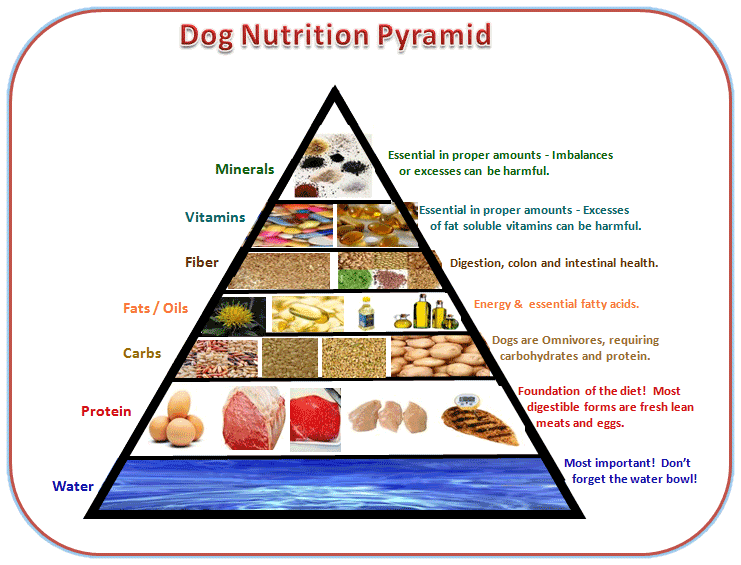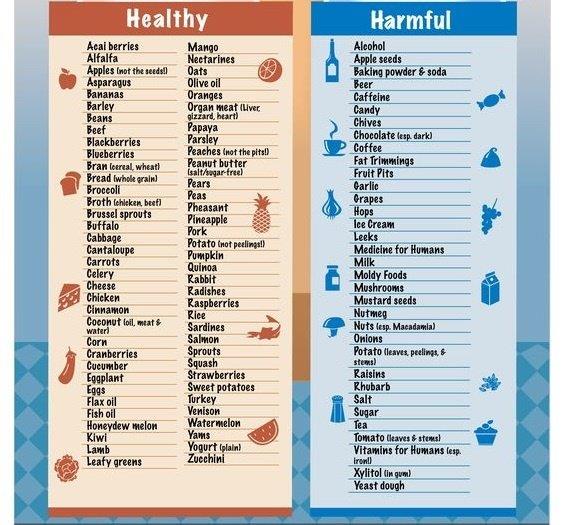Understanding Your Pet’s Nutritional Needs
Ensuring that your pet receives a balanced diet, which meets all their nutritional needs, is central to their overall health and wellbeing. Research indicates that malnutrition in pets can lead to a host of health issues, ranging from obesity and diabetes to skin conditions and cardiovascular disease.

The nutritional requirements of pets vary significantly depending on a multitude of factors. For instance, a young, highly active Border Collie will require a very different diet to that of an older, less active Pug. Similarly, a kitten’s nutritional needs will differ from those of a fully grown cat. It’s therefore crucial to understand these differences to provide appropriate nutrition for your pet.
Improper nutrition can lead to health issues such as obesity, diabetes, skin and coat issues, gastrointestinal disorders and even behavioural problems. By understanding and providing for your pet’s nutritional needs, you can help ensure they lead a happy and healthy life.
The Crucial Role of Portion Control in Preventing Obesity and Supporting Overall Health
Portion control plays a pivotal role in maintaining a healthy weight, thereby preventing obesity-related diseases such as diabetes, heart disease, and certain types of cancer. The size of your portions affects how much you eat, and thus, how many calories you consume. By managing portion sizes, you can maintain a balanced diet and promote overall health.
How to Determine Correct Portion Sizes for Your Pet
Just like humans, pets require portion control to maintain a healthy weight and prevent obesity-related health issues. Portion size should be determined by the pet’s size, breed, age, and activity level. Consulting with a vet can provide accurate guidance.
Tips for Measuring Pet Food Accurately
- Use a standard measuring cup to ensure accuracy.
- Consider the pet’s activity level and adjust portions accordingly.
- Consult your vet for specific dietary needs and portion sizes.
By following these tips, you can ensure that your pets get the nutrients they need without overeating.
Decoding Pet Food Labels
Understanding the information on pet food labels can be quite challenging. However, it’s crucial to comprehend this data to ensure your pet’s health and well-being. The first thing to note is the list of ingredients. Listed in descending order by weight, the ingredient list provides a clear picture of what’s inside the pet food.
Be aware of marketing terms that may be misleading. Phrases like “premium”, “gourmet”, or “natural” often lack standard definitions and might not reflect the actual quality of the product.
To delve deeper into the specifics of pet food labels, consider consulting a veterinarian or a pet nutrition expert.
How to Interpret the List of Ingredients
Interpreting the list of ingredients on pet food labels can be tricky. The first ingredient listed is usually the one in the highest quantity. It’s important to look for a named protein source (like chicken or beef) early in the list. Avoid foods with vague terms like “meat meal” or “animal by-product”.
The Benefits of Consistent Feeding Schedules
Consistent feeding schedules are crucial for your pet’s health. They help maintain steady metabolic rates, aid digestion, and reduce the risk of obesity. Regular feeding also reduces anxiety in pets, creating a sense of routine and security. Feeding Frequency for Different Types of Pets
Feeding frequency varies across pets. Cats and dogs, for instance, should be fed twice daily, while birds and fish can be fed once. However, feeding frequency can vary based on a pet’s age, breed, and size. Always consult with a vet to establish a suitable feeding schedule for your pet.
Factors Influencing Feeding Frequency
Factors such as health conditions and life stages can significantly influence feeding frequency. Puppies and kittens require more frequent feeding due to their rapid growth, while elderly pets may require less due to decreased activity levels. Medical conditions like diabetes may also necessitate special feeding schedules.
The Importance of Treats and Snacks in Your Pet’s Diet
Contrary to common belief, treats and snacks play a crucial role in your pet’s diet. They not only supplement their regular meals but also serve as a reinforcement tool in training regimes. However, moderation is key. Treats should only make up about 10% of your pet’s daily caloric intake to avoid obesity and other health problems.
Safe and Unsafe Human Foods for Pets
While it’s tempting to share our meals with our furry friends, it’s important to know which human foods are safe or unsafe for them. Foods such as cooked chicken, rice, and certain fruits can be beneficial for pets. However, chocolate, onions, grapes, and certain nuts can be toxic to them.

Special Dietary Needs and Considerations
Just like humans, pets may also have special dietary needs due to food allergies or sensitivities. These can range from common allergens like dairy, wheat, and soy, to more specific ingredients. Recognising symptoms such as skin irritations or digestive problems is crucial to identifying these allergies.
Transitioning your pet to a new diet should be done gradually to avoid gastrointestinal issues. Start by mixing the new food with the old in increasing proportions over a week.
Consulting a Vet About Your Pet’s Diet
Changes in eating habits, weight fluctuations, or frequent illnesses may necessitate a consultation with a vet. They can provide expert advice on dietary adjustments tailored to your pet’s needs.
Hydration and Your Pet’s Health
Just as you need to stay hydrated, your pet also requires ample hydration for their overall health. Essential for digestion, absorption of nutrients, and expelling waste, water is vital to your pet’s well-being.
Water Intake Guidelines for Pets
The general guideline for a pet’s water intake is that they should drink approximately one ounce of water per pound of body weight each day. However, this may vary depending on factors such as their diet, age, and physical activity. Always consult your vet for personalized guidance.
Identifying Dehydration in Pets
Signs of dehydration in pets include dry gums, excessive panting, and lethargy. If you suspect your pet is dehydrated, seek immediate veterinary care. It’s crucial to catch dehydration early and prevent serious complications.
Conclusion: Maintaining a Balanced Diet
It’s irrefutable, a balanced diet plays a crucial role in your pet’s health and lifespan. Just as humans require a diverse range of nutrients for optimal health, so too do our pets. An inadequate diet can lead to malnutrition, obesity, and a host of other health issues, consequently shortening their lifespan. Research suggests that pets fed a balanced diet live significantly longer than those fed an unbalanced diet.
Regular check-ups and consultations with your vet are instrumental in ensuring your pet maintains good health. Your vet can provide tailored advice based on your pet’s breed, age, and overall health status. Regular vet visits can also help detect any potential health issues early.


